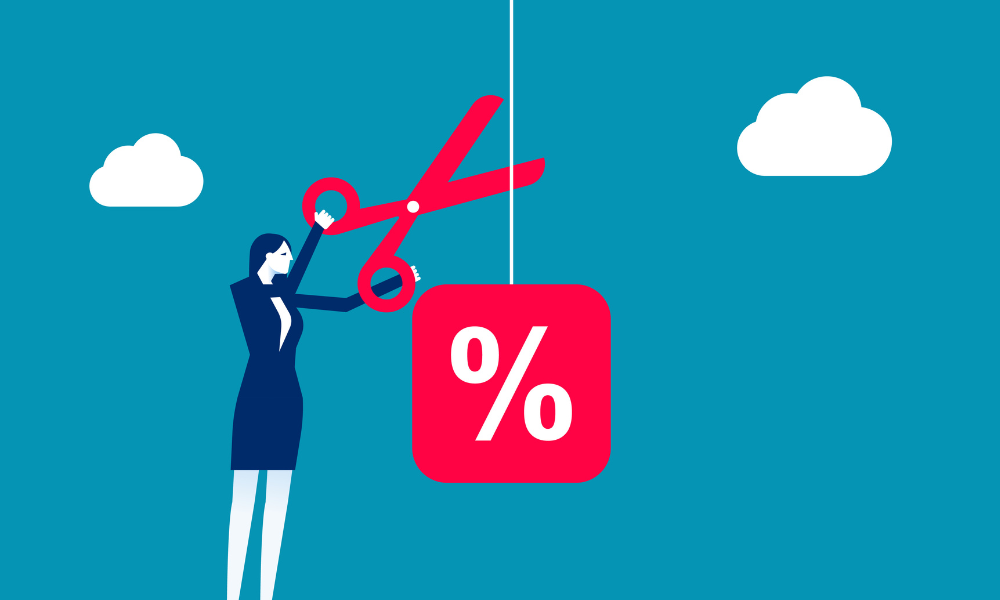TD Economics weigh in on latest rate announcement

The Bank of Canada’s pace of rate cuts slowed in January, with the central bank opting to cut by 25 basis points instead of the 50-point moves seen in its last two announcements – but it clearly remains laser-focused on sustaining economic growth, according to TD economist James Orlando.
Reacting to Wednesday’s announcement, Orlando also pointed out that the widening interest rate gap between Canada and the United States could weaken the Canadian dollar. However, he said the BoC appears willing to accept this in order to maintain economic momentum.
TD noted one major factor that could impact future rate decisions is the potential for new tariffs on Canadian exports under US president Donald Trump. Orlando warned that if broad-based tariffs are imposed, Canada’s economic resilience could be tested, possibly prompting the BoC to accelerate rate cuts.
TD Economics projects that the BoC will cut its lending rate by another 100 basis points by the end of 2025, bringing it to around 2%. However, the pace of cuts may slow if inflation begins to rise.
“The Bank of Canada will continue monitoring the uncertain economic conditions,” Orlando said. “Recent data showed that core inflation may be trending upwards, giving the central bank a reason to adopt a more gradual pace of rate cuts this year.”
Impact on borrowing costs
A reduction in the BoC’s lending rate typically leads to lower borrowing costs for Canadians. Financial institutions often adjust their interest rates on mortgages, loans, and other credit products in response to central bank policy changes.
For homeowners with variable-rate mortgages, the rate cut could mean lower interest payments, allowing more of their monthly payments to go toward reducing their mortgage principal. However, those with fixed-rate mortgages may not see immediate relief, as these rates are influenced by five-year bond yields rather than the BoC’s policy rate.
Any thoughts on this story? Let us know in the comments below.



